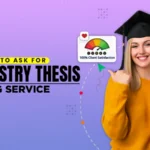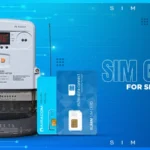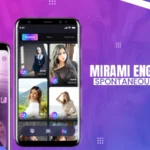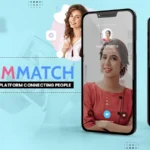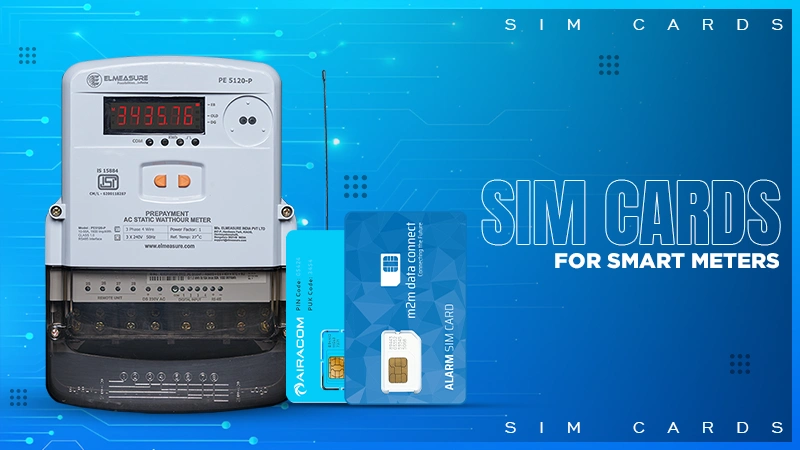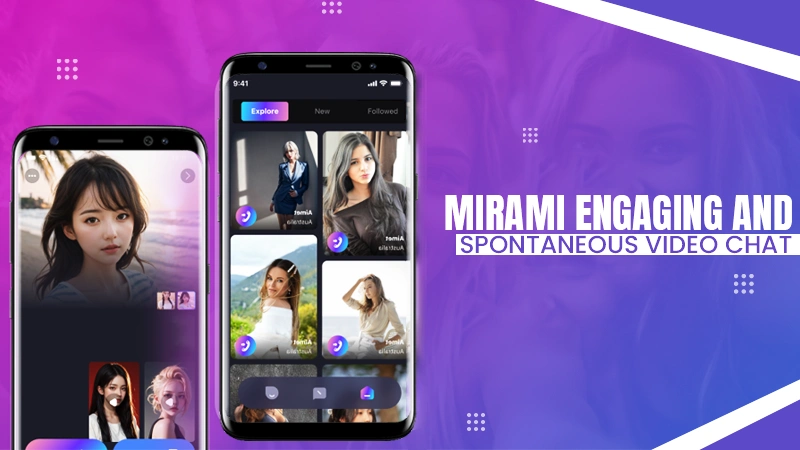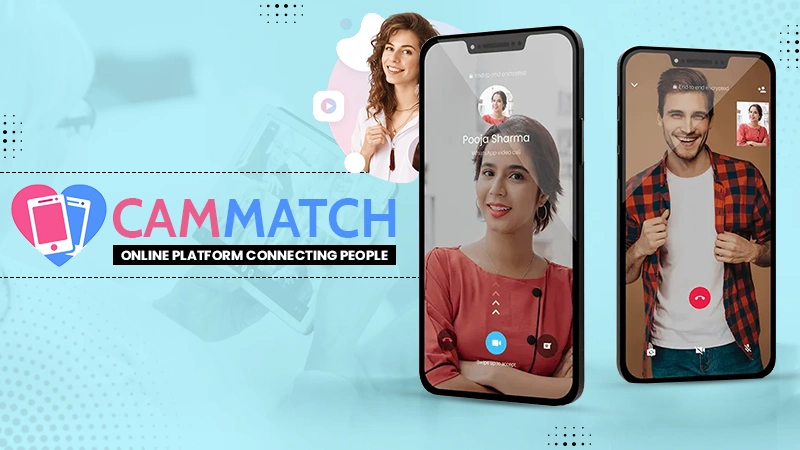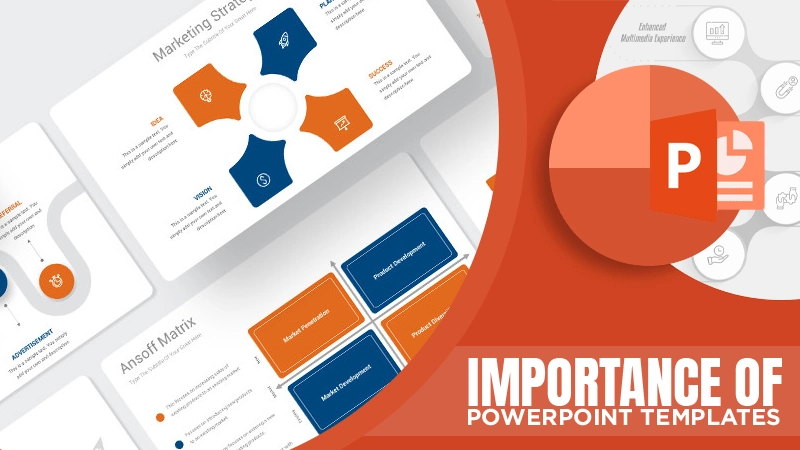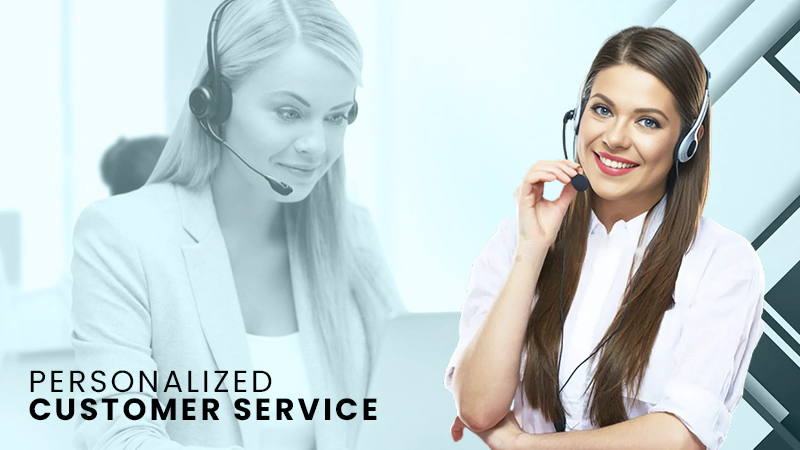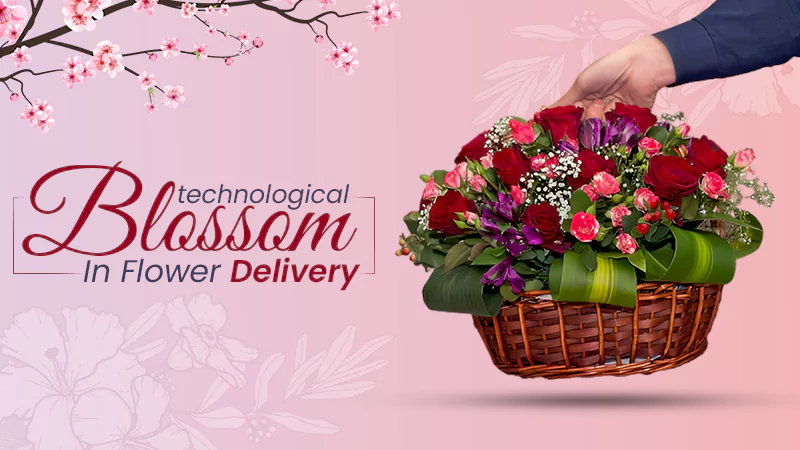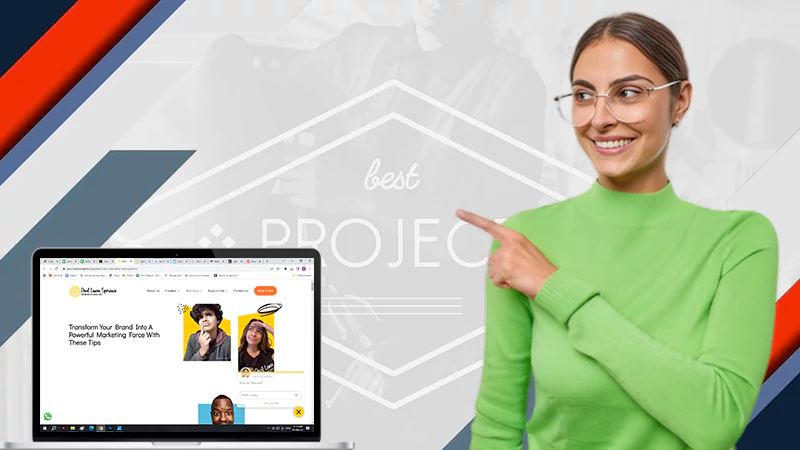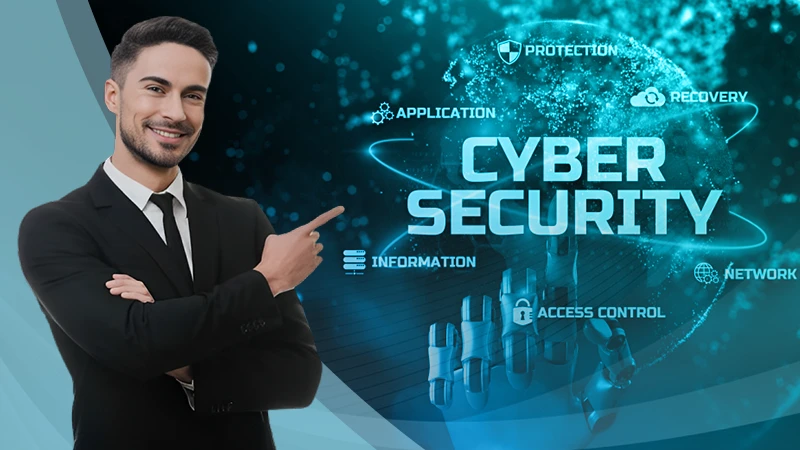Getting conversions in the current stringently competitive market is extremely tough. Even the best-performing websites have a conversion rate of nothing more than 11%. One of the primary reasons behind this is that a majority of marketers are still concentrating on a marketing strategy, which is sales-heavy and about compelling people to purchase.
The brands that are operating at a better stage today are the ones that have implemented a full-funnel marketing technique. However, plenty of brands and companies are still not aware of this marketing strategy. In this post, let’s find out everything about the same.
Also Read: How to Promote Your Small Business with Print Marketing
What is Full-Funnel Marketing?
It starts with creating a marketing funnel. A marketing funnel is a method to visualize the complete process of turning leads into customers. You can imagine this funnel in the shape of a classic funnel. The approach of full-funnel marketing starts at the beginning of the funnel by casting an extensive net to acquire as many leads as possible.
As you step down the funnel, it begins being narrower, and the marketing efforts become more focused; thus, targeting only the qualified audience with the highest propensity for conversion.
Stages of the Marketing Funnel
Jotted down below are three varying stages of the marketing funnel. Let’s find out more about them.
Stage 1: Awareness
This is the funnel’s top. At this stage, your target audience will be experiencing the pain points. However, they will not be aware of your product or brand. Here, the focus is to draw the audiences’ attention through easily discovered, educational and engaging content that caters to the needs of customers.
Stage 2: Consideration
This is the middle of the marketing funnel. At this stage, you will be capturing the attention of potential leads. Here, they will be actively seeking information to solve their issues or problems. Also, the concentration here is to develop trust and continue engaging the potential leads with relevant marketing messages so that they only think about your brand over other competitors.
Stage 3: Conversion
This is the bottom of the funnel. Here, your potential leads will be familiar with your brand already and must have received the brand communications. Now, they will be considering their options. The key here is to make it easier for them to choose you and complete the sale.
The Approach for Full-Funnel Marketing
The approach of funnel marketing reaches possible customers on the basis of where they fall in the funnel. Since customers need a distinct approach at every stage, it is essential to adjust the strategies for marketing accordingly. This strategic approach also goes over to the marketing techniques that you will use for the campaign, as every technique has a varying goal and objective.
For instance:
- The awareness stage will have tactics, such as pre-roll video, online display, and content marketing to generate awareness and keep the brand on top of the potential customers’ minds.
- The consideration stage will include social advertising, email marketing, and paid search to help reinforce a specific brand while also making sure that brand visibility, as well as discoverability, is taking place.
- The conversion stage will be all about retargeting through videos, search, click and site that will help in reinforcing and encouraging actions.
It is also essential to keep in mind that campaigns targeting the different stages should have varying objectives; thus, they should be evaluated through different metrics. For instance,
- Awareness: Reach and impressions
- Consideration: Click-through rates and clicks to the website
- Conversion: Return on investment, cost per conversion, and total conversions
Once you have managed to complete a full circle round of the full-funnel marketing, make sure you take some time to evaluate and measure the effect and experience before launching the next marketing campaign.
Effective Techniques for Each Stage of Full-Funnel Marketing
To come up with an effective full-funnel marketing strategy, here are some techniques that you can implement in your business. Not only can they help with boosting performance, but they can also encourage growth. Let’s have a look:
Create Video Ads to Generate Brand Awareness
Video advertising is one effective method to generate brand awareness. Accordingly, one-third of the online activity is spent watching videos. On top of that, this media format can also generate a higher engagement, gaining approximately 27.4 times more clicks in comparison to a banner ad.
Since the customer journeys, today are fragmented, the key to success with video advertising is at the awareness stage, where you can use the right channels to reach the right people. By being familiar with the target audience and knowing how their journey looks, you can decrease the ad expense and increase impressions.
You can use an Artificial Intelligence (AI) tool to map the devices your target audience is using and create behavior profiles on the basis of their purchase history, viewing patterns, interests, and more. Also, how-to videos and user-generated content works effectively at this stage.
Use Personalized Engagement to Get Consideration
At the consideration stage, the concentration is on developing the desire for the brand. A good way to do so is by sending personalized, interactive marketing messages to deliver informative and engaging content on the basis of the interests and behavior of the prospects. You can customize the website content for those who are visiting your website for the first time.
And then, you can also use Machine Learning (ML) to evaluate the legal compliance of third-party data so as to discover the interests outside your channel and create content in a personalized way. Furthermore, you can also leverage hyper-personalized EDMs along with push notifications to enhance engagement and open rates.
This comprises accumulating data from external channels with data from owned channels to understand the customer interests and behavior. This way, you can seamlessly create a holistic customer view. Moreover, this insight will allow you to create targeted, relevant as well as timely recommendations to get consideration.
Concentrate on High-Value Customers to Get Conversions
To get action at the stage of conversion, you must segment the warm prospects by their behavior and demographics. Post that, you can continue delivering personalized recommendations. To decrease overspending, concentrate your efforts on valuable customers with the help of Deep Learning (DL) tools to comprehend the best segment combinations.
And then, you can rank them as per the likelihood to buy. Next, you can use natural language processing to understand the interests of your valuable customers. Then, you can make use of DL to foresee the products that have a higher possibility to get conversions. Some customers could be on the edge of buying; however, they might need a little push.
Thus, you must go with the techniques of intelligent promotional marketing to encourage a checkout. Also, you can use advanced machine learning tools to identify hesitant shoppers and exclude guaranteed buyers and window shoppers. Then, you can target them through relevant coupons and offers, thereby speeding the conversions.
Tips to Create a Full-Funnel Marketing Strategy
Don’t Put All the Eggs in One Basket
There is a high chance that you might be putting tears, sweat, and blood into marketing your brand and products or services. However, do you think that no amount of effort is moving the needle on the bottom line of the company? There could be a possibility that you are concentrating too much energy and time on one stage and neglecting the others.
If you are doing so, know that you would have to invest energy and time into every stage of the funnel to attract qualitative visitors, convert into leads, nurture opportunities and close them as customers.
Use Outbound Techniques to Improve Inbound Strategy
One of the common mistakes that most marketers make is not directing an adequate amount of attention to paid advertising. With the craze that inbound marketing has brought, some people have started neglecting to advertise altogether. Despite the advantages inbound marketing brings, you should not be avoiding it altogether.
In a way, outbound techniques, such as paid advertising, can amplify and improve your organic traffic. However, the only thing you would have to keep in mind is that the content you are providing through varying channels should be contextually relevant, targeted, and helpful.
Capitalize Existing Customers
Even though you have managed to close a deal, you cannot stop there. As marketers, people often commit the mistake of considering a buyer’s journey to be equal to a linear journey with a start and an endpoint. However, only because a customer has closed doesn’t mean you cannot promote other products and upgrades to them.
Marketing actions that are directed at existing customers can help in upselling and retention efforts. This way, you can easily offset the acquisition cost. Once a customer has closed, you can think of them as a lead once again. You can use the same techniques to educate them about the issues and problems, explain how your other or new product can help solve the issue and urge them to buy right away. Hire a digital ads agency to grow your brand.
Improve your Approach with Tech Stack
Integrating a full-funnel marketing approach will need you to juggle a variety of tasks and navigate through a huge amount of contact data. However, the right integrations and tools can help you make the entire process substantially easier. The essential tools to use are as follow:
- A customer relationship management tool to compile data collected through forms and to help salespeople prioritize and organize leads through marketing
- A business intelligence tool to measure the effectiveness and understand the existence of funnel gap
- A marketing automation tool to touch every factor of the sales and marketing funnel and to streamline the standard marketing techniques
- A content management system to host and optimize the content with an intention to improve organic reach.
Wrapping Up
If you fail to pay enough attention to every stage of the funnel, your marketing strategy can take a severe hit. So, use the tips and techniques mentioned above to reallocate the marketing design toward a full-funnel methodology. This way, attracting high-quality leads, converting them into customers, and driving revenue will be nothing less than a child’s play.

